


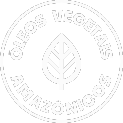
Andiroba (Carapa guianensis) is a tree in the Amazon region. It possesses medicinal properties and an extremely bitter, light yellow oil is extracted from its nuts, which boasts antiseptic, anti-inflammatory, healing and repellent properties. Indigenous peoples used andiroba oil to treat skin and muscle inflammation, and also as a natural insect repellent.
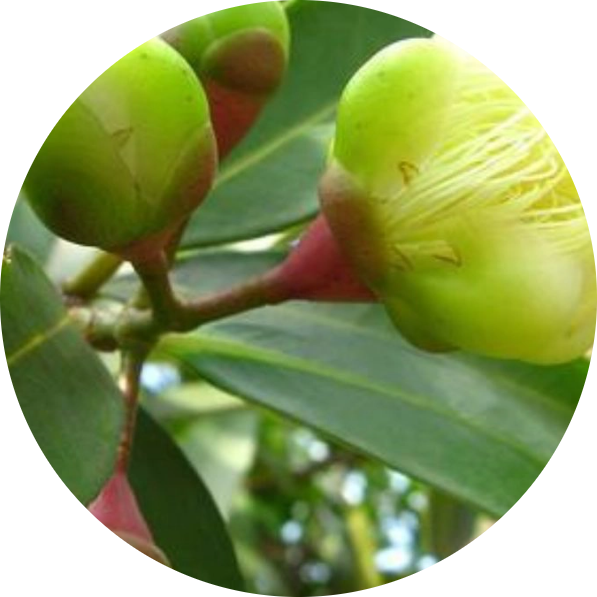
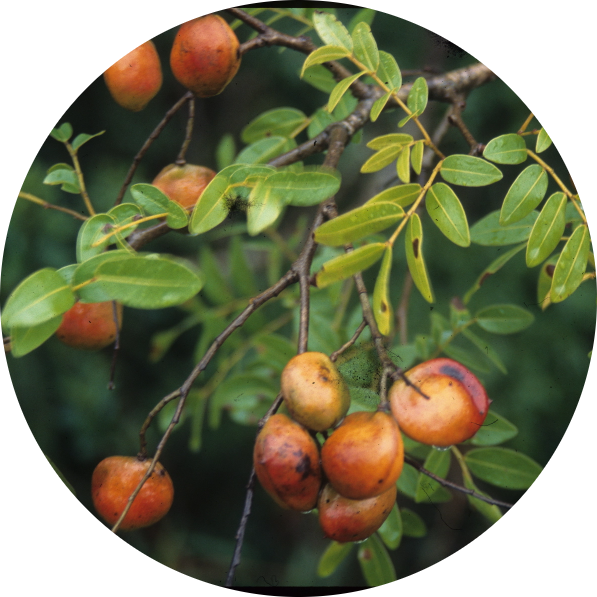
Considered the universal remedy of the Amazon, Copaiba Oil is widely used by indigenous peoples as an anti-inflammatory. Copaiba (Copaifera officinalis) is a tree native to the northern region of South America. The tree is quite tall, is branched and has a large trunk. The copaíba provides balm or copaiba oil, which is the sap extracted by making holes in the trunk of the tree until the core is reached. It is a transparent, viscous liquid and bitter-tasting fluid. Used medicinally as an anti-inflammatory, antiseptic and healer, and prevents all types of skin disorders.
A tree from the leguminous family native to the Amazon, its fruits are pod-shaped and can reach up to 25cm long. These pods contain seeds from which the oil is extracted that possess antibiotic, anti-inflammatory, healing, moisturizing, insecticidal, humectant and depurative properties. It is especially important for cosmetology, which uses it to manufacture various cosmetics for skin health and coat care. It is regarded as the elixir of the Amazon, and is also used as a yellow fever mosquito repellent.
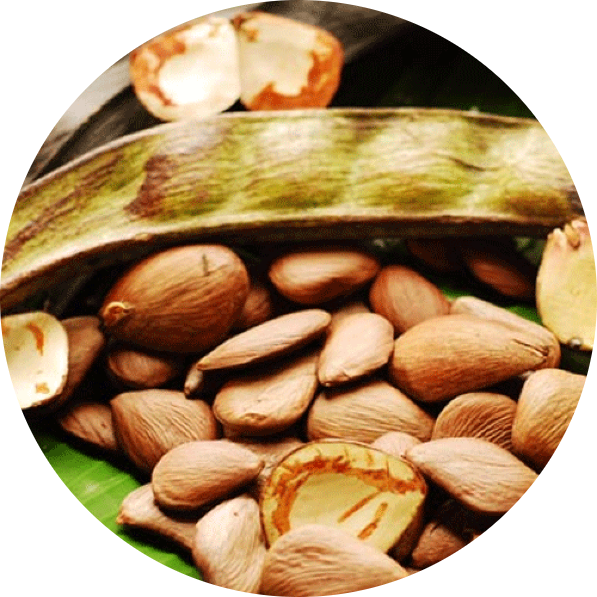
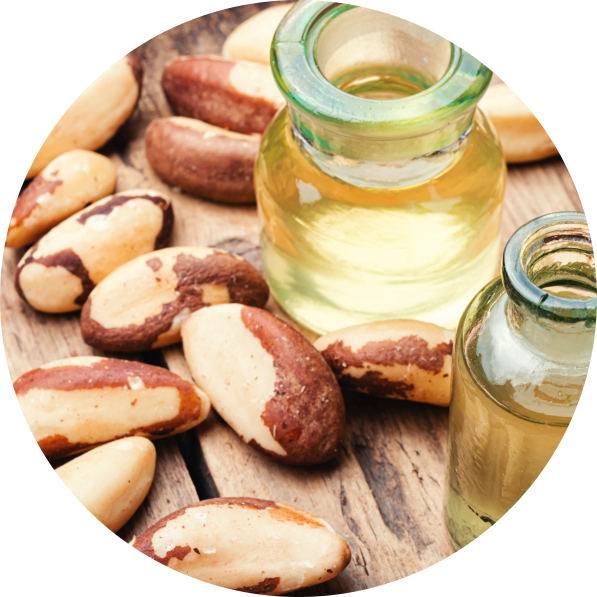
An oil is extracted from the world-renowned Brazil Nut (Bertholletia Excelsa) that is highly valued by the cosmetic industry. The fruit is highly nutritious and is found in the northern region of Brazil. Its oil is slightly yellowish and rich in fatty acids works on the skin tissue and forms a film that prevents the evaporation of water from the skin, in addition to stimulating the synthesis of proteins in the body.
An oil is extracted from the world-renowned Brazil Nut (Bertholletia Excelsa) that is highly valued by the cosmetic industry. The fruit is highly nutritious and is found in the northern region of Brazil. Its oil is slightly yellowish and rich in fatty acids works on the skin tissue and forms a film that prevents the evaporation of water from the skin, in addition to stimulating the synthesis of proteins in the body.

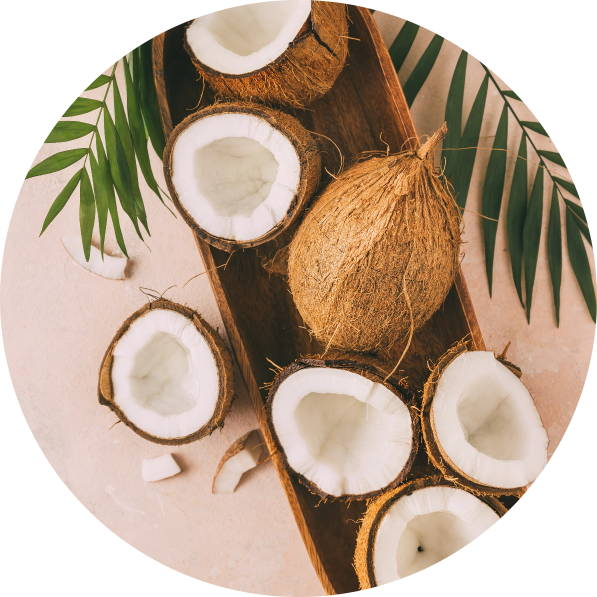
The Coconut is a tropical fruit widely cultivated in Brazil due to the climate of that country. It's rich in proteins, fats, carbohydrates, vitamins (A, B1, B2, B5 and C), and also in mineral salts, especially potassium and magnesium.
Babaçu is a species of the palm family (Arecaceae), which grows extensively in northeastern Brazil and produces a very small coconut. Gifted with drupaceous fruits imbued with oilseeds and edible seeds from which an oil is extracted. It is used primarily in food, medicines, and has become a target of advanced research for the manufacture of biofuels.
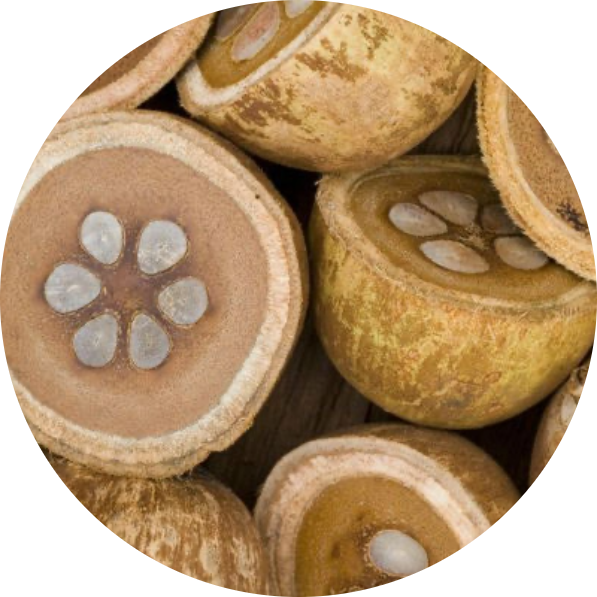
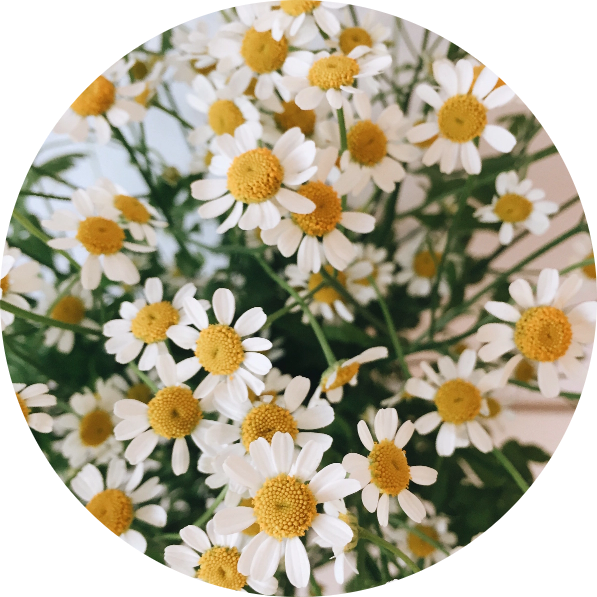
In cosmetics, its powers have been known for over 4,000 years. The intense aroma sparked an interest in the plant and early researchers, attracted by the sweet perfume, ended up uncovering a number of properties that made chamomile so famous. The small and delicate chamomile flowers concentrate potent volatile oils responsible for the anti-inflammatory, antiseptic and soothing effect. Natural tea is still used to enhance the golden tone of blonde hair.
The botanical name is Juglans regia, and the parts used are leaf, fruit and cortex. Walnut is a tall, leafy tree originally from Western Asia and grown in southern Brazil. Because it has a high content of fatty acid, Walnut has moisturizing and regenerative properties. It prevents dryness and stabilizes the skin layer, which is constantly subjected to damage, and enhances darker tones of fur.
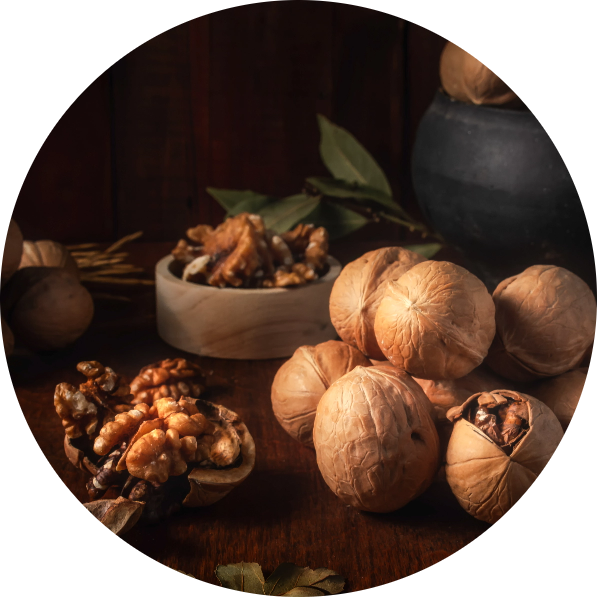
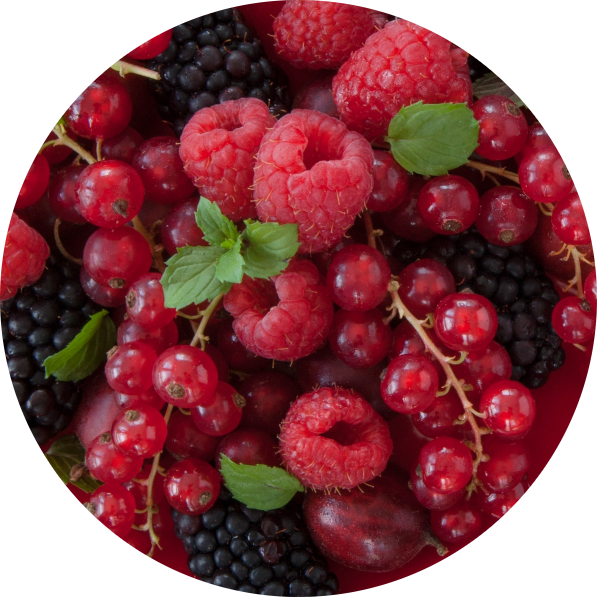
Rich in antioxidants, anti-inflammatory and anti-degenerative compounds, these small and powerful berries protect the skin and fur by preventing the effects of ultraviolet rays. Substances such as anthocyanins, flavonols, flavonoids and proanthocyanidins that are found in these fruits combat the oxidative agents that damage the skin and coat of dogs.
Chlorophyll is the substance that gives the green color to plants, and it is found in vegetables, greens, and plants that possess this coloration. Chlorophyll Extract is obtained through Chlorella, a genus of single-celled green freshwater microalgae. It is recognized for being the planet's richest source of chlorophyll, which makes it one of the most effective antioxidant agents found in nature and, as a result, fights the effect of pollution on the skin and in the body, slowing aging.
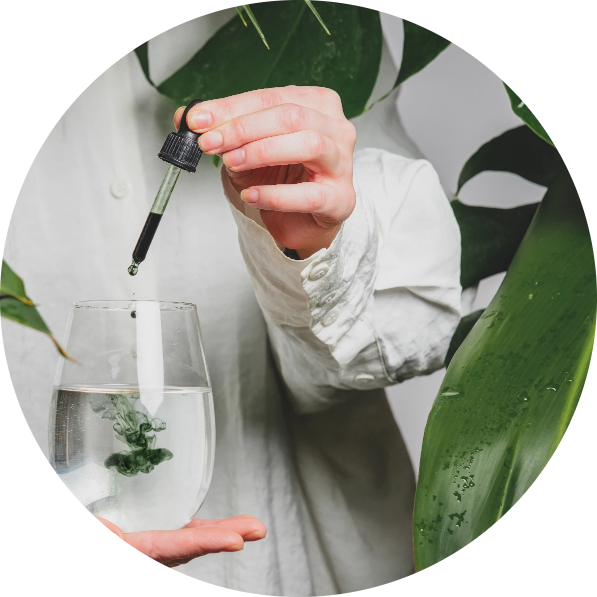
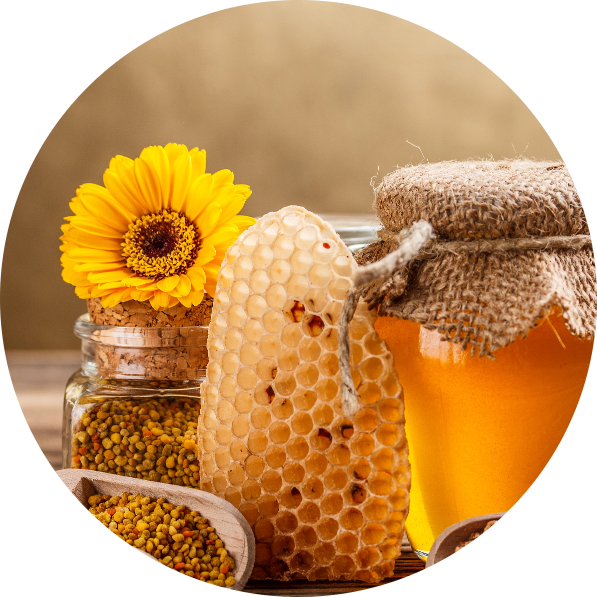
Honey is a great source of energy, and less caloric than ordinary sugar. It is rich in proteins, vitamins and mineral salts, aiding in respiratory issues, intestinal functions and circulatory system. Honey has bactericidal, antiseptic, healing and invigorating properties.
Melaleuca, or tea tree, belongs to the botanical family Myrtaceae (same as jabuticaba) and its best known species are Melaleuca alternifolia and Melaleuca leucadendron. Native to Australia it is also popularly known as "tea tree" or "honey myrto", but despite this name, it has no relation to the plant whose leaves are used for the preparation of tea. Melaleuca alternifolia oil is very effective as an antibacterial and antifungal agent and as a stimulator of the body's defenses.
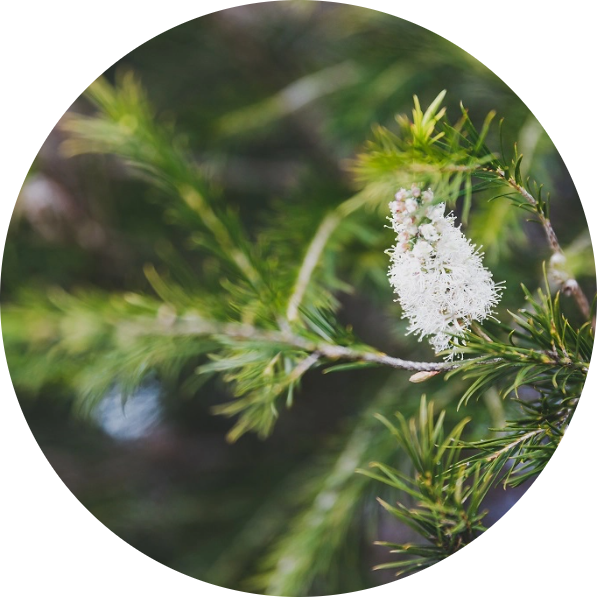
We use cookies on our website to store anonymous statistics and to improve your browsing experience.